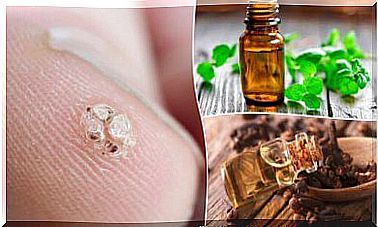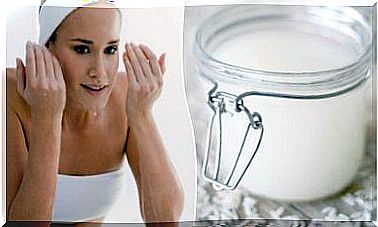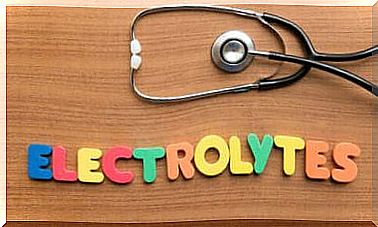Chemophobia: Excessive Fear Of Chemicals

It started as a rumor, before it became fashionable. Furthermore, it became a trend before it ended up as a phobia. “No additives,” “no chemicals,” and “no artificial dyes” are some of the many ads that claim to be completely natural. They also clearly demonstrate the rise of chemophobia, or an excessive fear of chemicals.
Without knowing exactly how and why, the word “chemicals” has become the opposite of “natural”. It is as if chemistry was not a fundamental part of nature and, of course, humans. That mistake is what has led many people to develop an intense fear of chemicals.
Behind the supporters of “the natural” there is a lot of misinformation and marketing strategy. This mass hysteria is not healthy. In fact, it causes a lot of fear and anxiety as well as practices that do not help anyone.
Chemophobia, an excessive fear of chemicals
Chemophobia originated in the 60’s. The best known reason for the onset of this irrational fear was the book called The Silent Spring by Rachel Carson.
The book talks about pesticides that cause pollution. This is one of the most important, most popular science books of all time. However, it has also caused people to develop an irrational fear of all kinds of chemicals (not just the harmful varieties).

The myth of natural versus chemicals
A while ago, in a small town, there was a sign by a river. The sign read: “Warning: the water contains large amounts of hydrogen.” In fact, people who had spent a lot of time there stopped going there.
The sign said something that was true: water contains hydrogen and oxygen. In fact, water contains two parts hydrogen and one part water. These are some of the many natural chemicals our world is made of. The fact that people stopped swimming in the river after reading the sign is a perfect example of excessive fear of chemicals.
The truth is that almost everything we see, eat and touch contains chemicals. Chemicals are part of nature, it does not work against it.
A good deal of the chemical substances can be found in nature, although others are synthetic. That is, they are products of industrial treatment. However, both natural and synthetic chemicals can harm humans. It all depends on the way they reach the body and how much it is.
Dangerous substances
A researcher said about five years ago that “the poison is in the dosage.” This scientist was Paracelsus, and his statement is true. If a person drinks water without stopping, he / she will be able to die from it. If you take several cups of vodka in a row, you can also die.
On the other hand , a minimal dose of any harmful substances will not affect the body. In addition to this, there are more regulations now than ever before. There are regulations for chemicals in medicines, foods, cosmetics and more.

Excessive fear of chemicals and marketing
In fact, there are many products that are marketed as “natural” that in reality are not.
The “sodium-free” salt they sell at the grocery store replaces sodium chloride with potassium chloride. This can be even more harmful. A natural bread simply does not exist, they do not grow on trees. There are also no natural sweeteners or cosmetics that are “chemical free”. It is impossible to make them.
It is incredibly important to know the harmful effects certain substances can cause, such as asbestos. However, it is also very important not to use generalizations and cause false alarms. All this does is promote chemophobia and the excessive fear of chemicals… as a marketing strategy.









